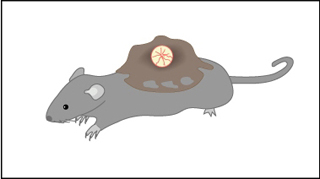Course Description
Tumor pathophysiology plays a central role in the growth, invasion, metastasis and treatment of solid tumors. This class applies principles of transport phenomena to develop a systems-level, quantitative understanding of angiogenesis, blood flow and microcirculation, metabolism and microenvironment, transport and …
Tumor pathophysiology plays a central role in the growth, invasion, metastasis and treatment of solid tumors. This class applies principles of transport phenomena to develop a systems-level, quantitative understanding of angiogenesis, blood flow and microcirculation, metabolism and microenvironment, transport and binding of small and large molecules, movement of cancer and immune cells, metastatic process, and treatment response.
Additional Faculty
Dr. Pat D’Amore
Dr. Dan Duda
Dr. Robert Langer
Prof. Robert Weinberg
Dr. Marsha Moses
Dr. Raghu Kalluri
Dr. Lance Munn
Course Info
Learning Resource Types











